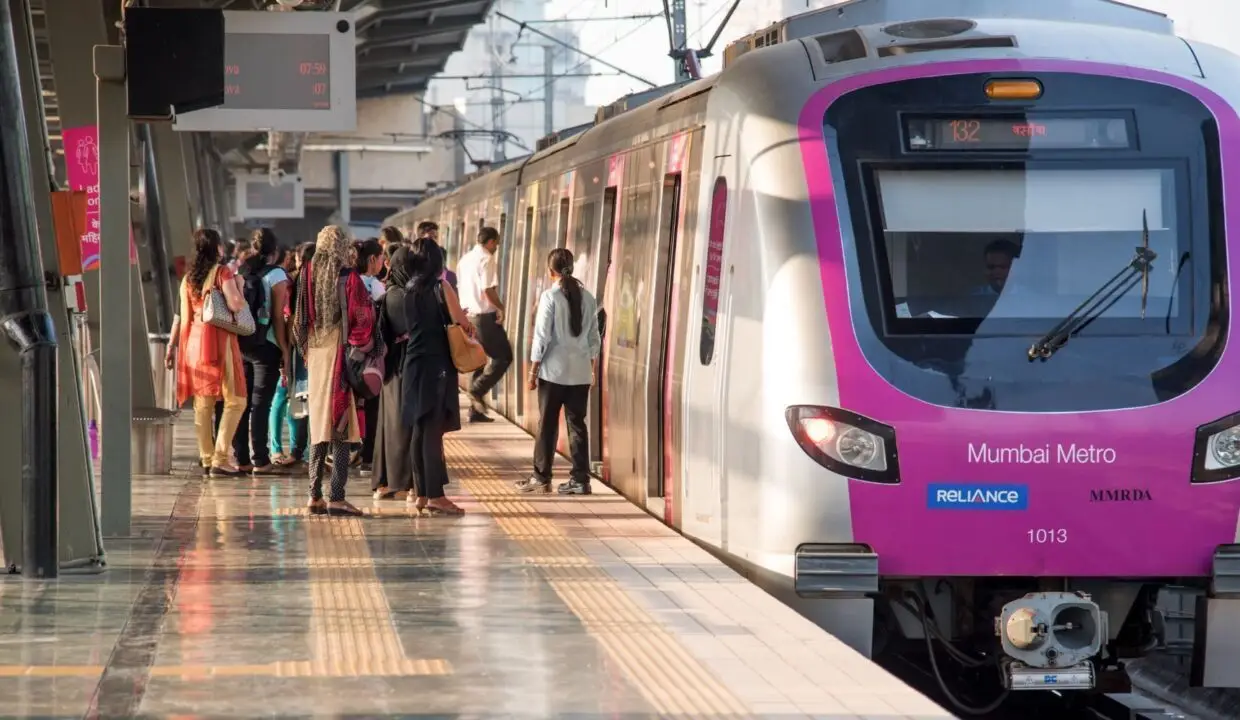
Mumbai Metro: An Essential Link in the Dream City
India’s vibrant metropolis, Mumbai, is a never-sleeping city. Its traffic is always humming, its streets are crowded with people, and its pace is unrelenting. Still, the Mumbai Metro remains a lifeline in the middle of all this mayhem.
A contemporary Marvel
Though the Mumbai Metro system is very new—it was established in 2014—it has already assimilated well. It provides an extreme contrast to the frequently crammed and disorganized local trains with its sleek, contemporary trains and roomy terminals. The network, which is already approximately 46 kilometers long, connects important residential neighborhoods, business centers, and landmarks around the city.
Colors and lines
The Mumbai Metro is a kaleidoscope of hues, with a vivid hue designating each line. From Versova via Andheri to Ghatkopar, the Blue Line—the first operating line—cuts through the center of the city. The Yellow Line extends from Dahisar to Andheri and beyond, with two branches, 2A and 2B. Seepz and Colaba are connected by the Aqua Line, which gets its name from its closeness to the sea. The list continues, with the Green Line, Orange Line, and further lines currently under construction all promising to increase the network’s coverage area.
Beyond convenience and speed
The Mumbai Metro represents advancement and hope and is more than just a mode of transit. Its stations are lively places rather than merely platforms. These subterranean centers are given a little life by food courts, shops, and art pieces. The trains themselves are furnished with amenities like Wi-Fi, air conditioning, and accessibility choices, ensuring that everyone may travel in comfort and inclusivity.
A Force for Change
The Mumbai Metro has an effect that goes beyond its rails. New commercial districts have grown as a result; formerly underserved neighborhoods now have better connectivity; and in certain areas of the city, traffic congestion has even decreased. As people from many walks of life assemble on the platform, brought together by their shared goal, it has also promoted a feeling of community.
Obstacles and the Path Ahead
Even with its achievements, the Mumbai Metro has problems. The city’s capacity is severely strained by the city’s constantly expanding population. There are now expansion projects in progress, but to guarantee smooth integration with the current network, careful planning and implementation are needed. In addition, several demographic groups continue to express concerns about affordability.
An Overview of the Future
Like any living thing, the Mumbai Metro is always changing and adjusting to meet the demands of the metropolis. The Mumbai Metro has a bright future ahead of it, with plans for additional extension, integration with other forms of transportation, and even the deployment of driverless trains. It is expected to be more than just a way to move from place A to place B; rather, it will serve as a key conduit that will lead Mumbai’s population toward a more efficient and sustainable future.
In summary, the Mumbai Metro represents a promise for a better future and is more than just a means of transit. It is also an example of human inventiveness. It will undoubtedly continue to be an essential lifeline for the millions of people who live in Mumbai as it grows and changes, carrying them not only across the city but also into a better future.

